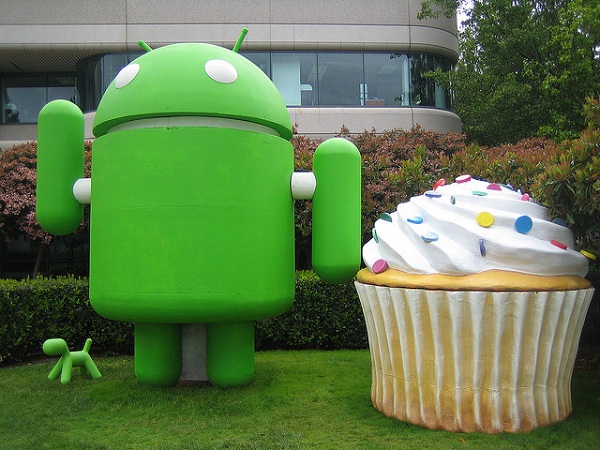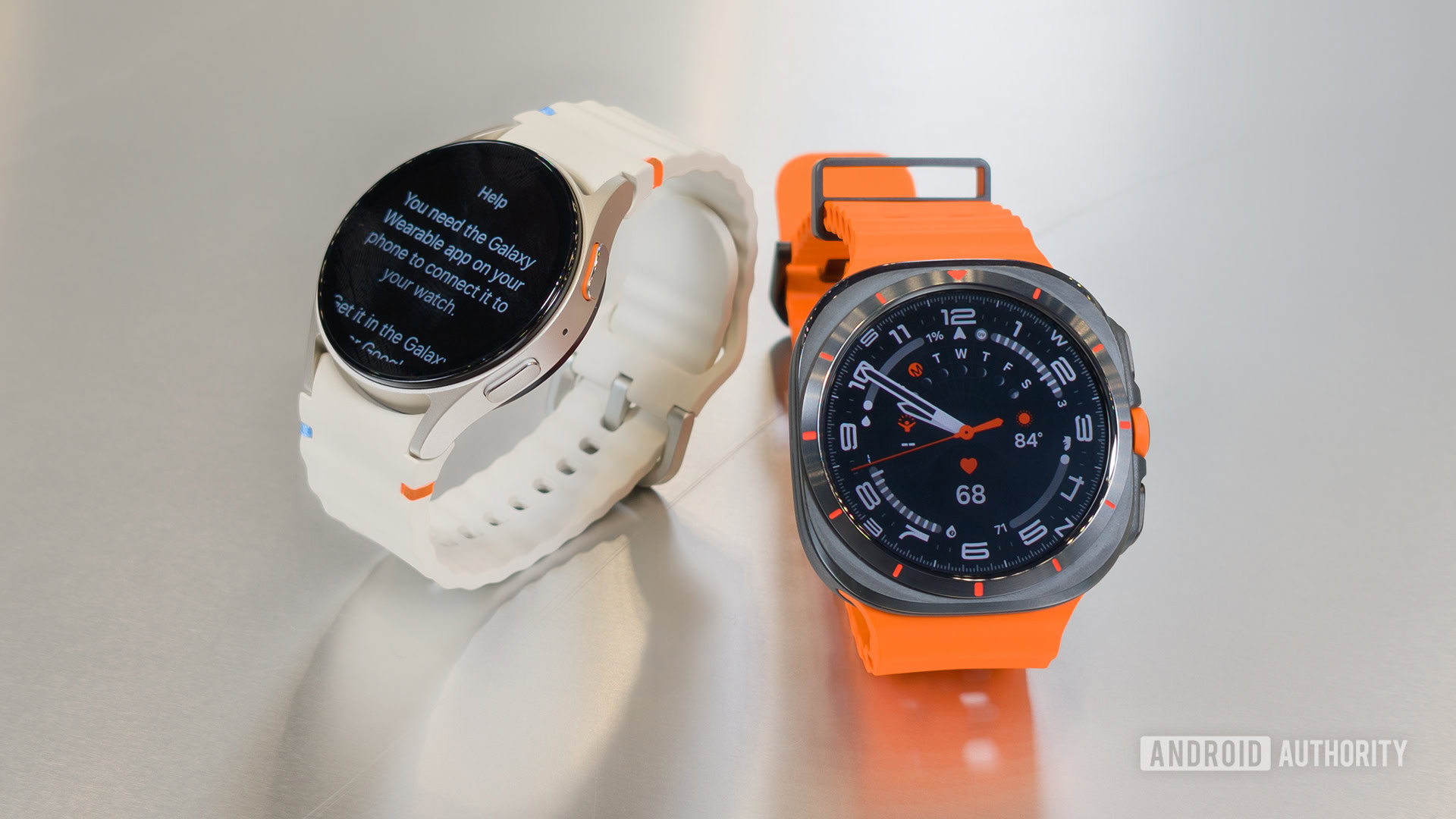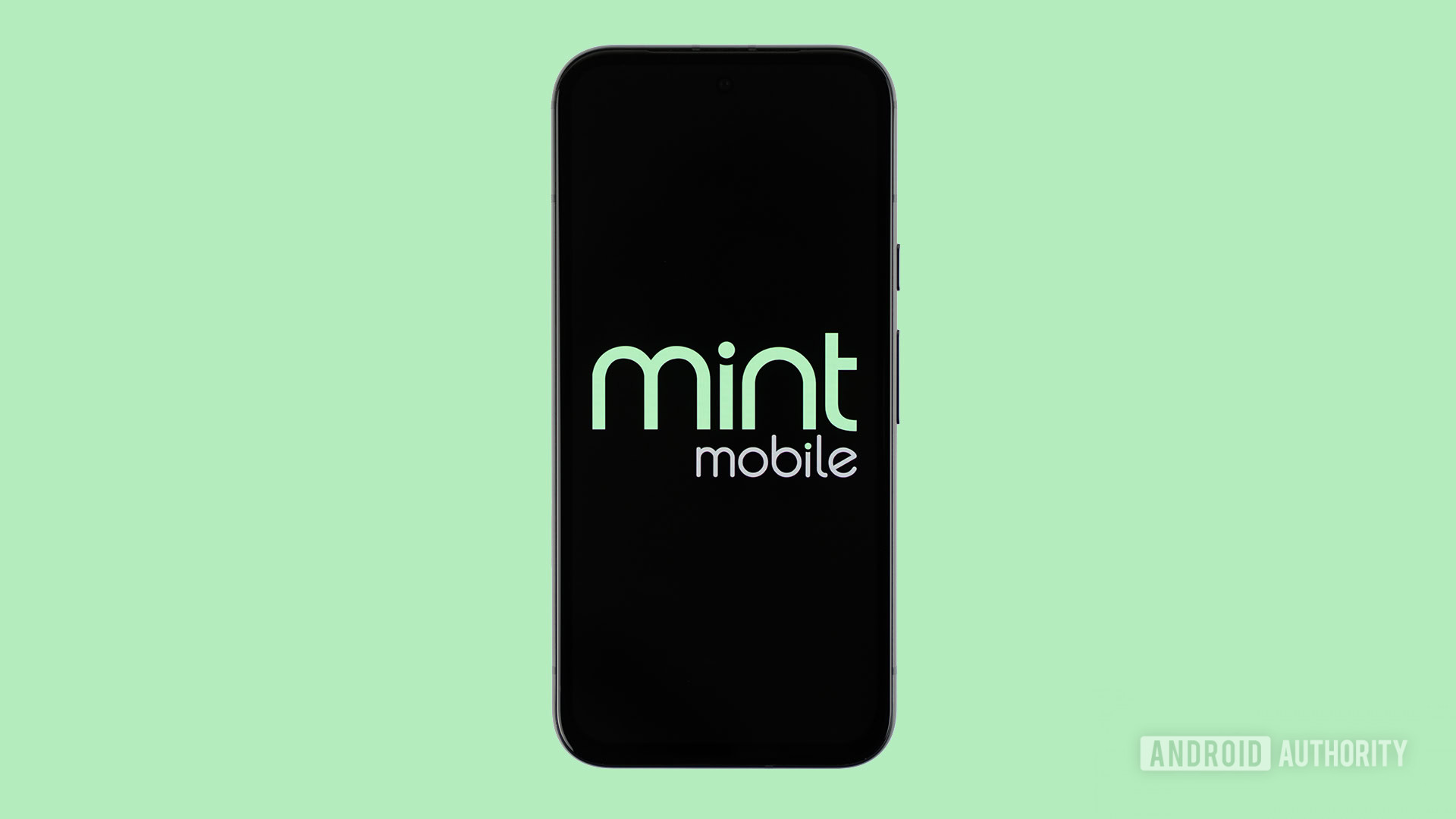
TL;DR
- On November 5, 2007, Google and others released the very first Android beta.
- The first official Android phone — HTC Dream — was launched subsequently in 2008.
- Take our polls below to comment on the state of Android today and register your vote for your favorite version of Android.
On November 5, 2007, Android took its first steps into the world and our lives. Today marks 17 years since Google released the first beta of the operating system — a software that would go on to shape the mobile industry as we know it today. Nearly two decades later, Android is no longer the new kid on the block — it’s practically an adult and a global force with over three billion active users around the globe. It’s because of Android that publications like Android Authority were born. So today, we celebrate Android’s 17th anniversary by taking a look back at its humble beginnings and remarkable evolution.
A flashback to November 2007: The first Android beta
We have a great article dedicated to Android’s version history and evolution. You can read it to learn all about how Google’s treasured mobile OS grew right up until Android 15, the current version of the OS. But here today, we’ll do a quick recap and rewind all the way back to November 2007, when the first Android beta was released.
Google’s Android OS was introduced in its earliest form 17 years ago. At the time, the developer beta promised to bring a level of customization and openness to the mobile software landscape. The beta release was raw, unpolished, and far removed from the sleek, feature-packed Android software we know today. However, even then, it was very clear that Android wasn’t just another phone OS; it was a true challenger to iOS, which happened to be released just a few months before, in June 2007, with the launch of the first generation iPhone.
How do you feel about the state of Android today?
0 votes
It’s also important to note that Google wasn’t the only force behind Android. The first public Android beta was part of a larger announcement that also introduced the Open Handset Alliance — a coalition of tech companies, including Google, T-Mobile, HTC, Qualcomm, Motorola, and others, who were all united under the goal of building an open-source platform.
“By providing developers a new level of openness that enables them to work more collaboratively, Android will accelerate the pace at which new and compelling mobile services are made available to consumers,” reads Open Handset Alliance’s press release that was sent out on November 5, 2007.
Following the announcement and release of the first beta, the first commercial Android phone debuted a year later, in 2008. It was the HTC Dream (a.k.a. the T-Mobile G1 in the US). The phone ran Android 1.0 and had a 3.2-inch display, a 528MHz processor, and a 2MP camera.
The state of Android today
Now, years later, some of the best Android smartphones can trace their history back to this very day, 17 years ago. As Android celebrates its 17th year around the sun, the operating system continues to evolve in exciting ways.
How do you feel about the state of Android today?
0 votes
In its latest avatar — Android 15 — the software is focusing on a mix of privacy-focused features and incremental improvements to enhance user experience. While many of these changes are beneficial and necessary, they are subtle, and unless you’re deeply familiar with Android’s finer details, you might not notice a major shift from previous versions. Then again, not every release can be feature-packed with substantial improvements. You can read our complete Android 15 review here.
In conclusion, with the advent of AI-driven features, exciting new hardware capabilities, a growing push for user privacy and security, and ecosystem devices that complement smartphones, Android’s journey is far from over.
So here’s to another 17 years of innovation and refinement. Happy Birthday, Android.







 English (US) ·
English (US) ·